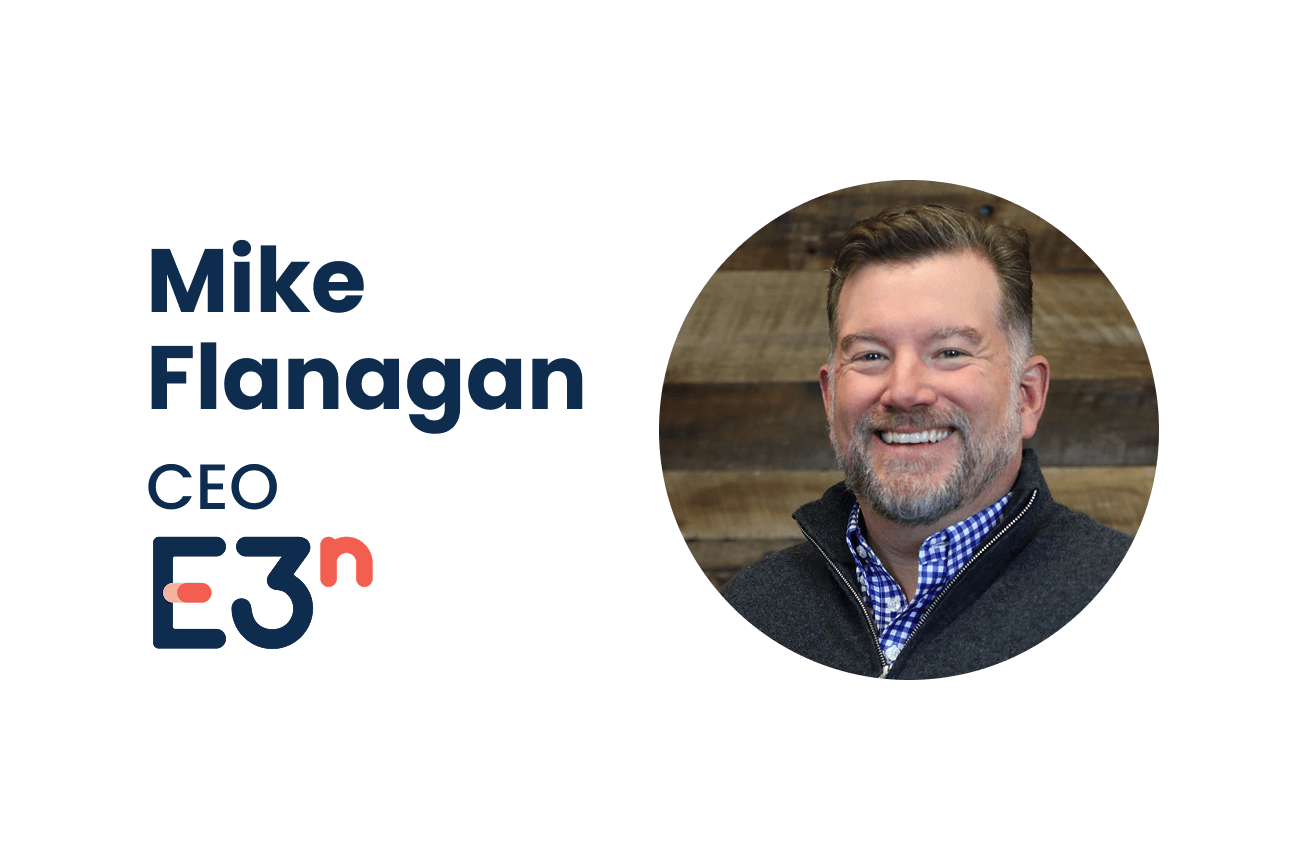Lessons From Higher Education

From Memberanda, Fall 2012
The 2012 Annual Meeting in Chicago was our biggest yet. Nearly 600 attendees packed the general session and meeting rooms to hear from a variety of speakers and workshop presenters. We were joined by colleagues from higher education, who had much to share about the strategic role of enrollment managers.
Robin Mamlet, an executive recruiter in admission for Witt/Kiefer Executive Search and former Dean of Admission at Stanford University, Swarthmore College, Sarah Lawrence College, and the Lawrenceville School, admonished independent schools to learn from the mistakes made by higher education institutions – to step back, be strategic, and be sure you’re minding both the superstructure and the individual. She advised listeners to take a few steps back and imagine what’s possible, because the meeting of the internal and external, the present and the future, is in admission. Mamlet emphasized the need to diversify the revenue stream, as the current financial model is untenable – she noted that admission professionals must be entrepreneurial in generating revenue so as to secure their positions within their schools. She discussed her tenure at Stanford, where a main goal for her was to increase diversity. As her goals were met, she received pushback from the development office. She explained that although she knew the impact she wanted to make, she didn’t communicate that impact (and the impact it would have on others) to potential opponents and antagonists.
Mamlet’s Eight Covenants for Enrollment Managers:
1. Swim in data – ask the right questions, seek out question askers.
2. Be helpful – be an enabler for everyone around you.
3. Play nice – build relationships within your institution.
4. Watch your derailers – learn what brings out your worst and counter your reactions.
5. Own your own review – be prepared with an assessment of what worked and what didn’t.
6. Get outside your bubble – always be curious and seek answers from outside your usual environment.
7. Beware of the elk – keep your head up and your eyes focused on the horizon.
8. Make it count – be intentional about what you care about and share it!
Jim Nondorf, Vice President and Dean of College Admissions and Financial Aid at the University of Chicago, said independent schools can and should learn from the examples (and the mistakes) of higher education; or, as he described it, The Good, the Bad and the Ugly. Nondorf emphasized his strategic role within his university and said he has the ear of the president on a weekly and monthly basis. Speaking at trustee meetings, Jim presents them with critical information about how his team is doing, which gives him the credibility to request the money he needs to continue meeting his goals. Jim also noted that in building his own admission office from the ground up, he’s created an enthusiastic group of alumni staffers that have re-energized the way his office works.
Nondorf’s Good, Bad & Ugly
The Good: Know your brand. Leverage and preserve those brands. Ensure that its positives are communicated through everything the admission office does. The Common Application is an excellent vehicle. Use the supplement form, if need be, to differentiate your school and determine the candidates that are right for you.
The Bad: Do not emulate higher education’s highly complex system with soaring costs. This is a poor enrollment model that leads to gapping and bait-and-switch financial aid tactics and emphasizes the cyclical nature of admission.
The Ugly: In addition to the fact that institutions are running on an unsustainable high tuition/ high aid model, both students and parents are running on high anxiety. This high anxiety is leading to parents hovering and angling for the “hook” to get into the “right” school and to burned-out, “psychotically over-programmed” kids seeking the quickest way to a graduate degree rather than fully experiencing their lives at school.




